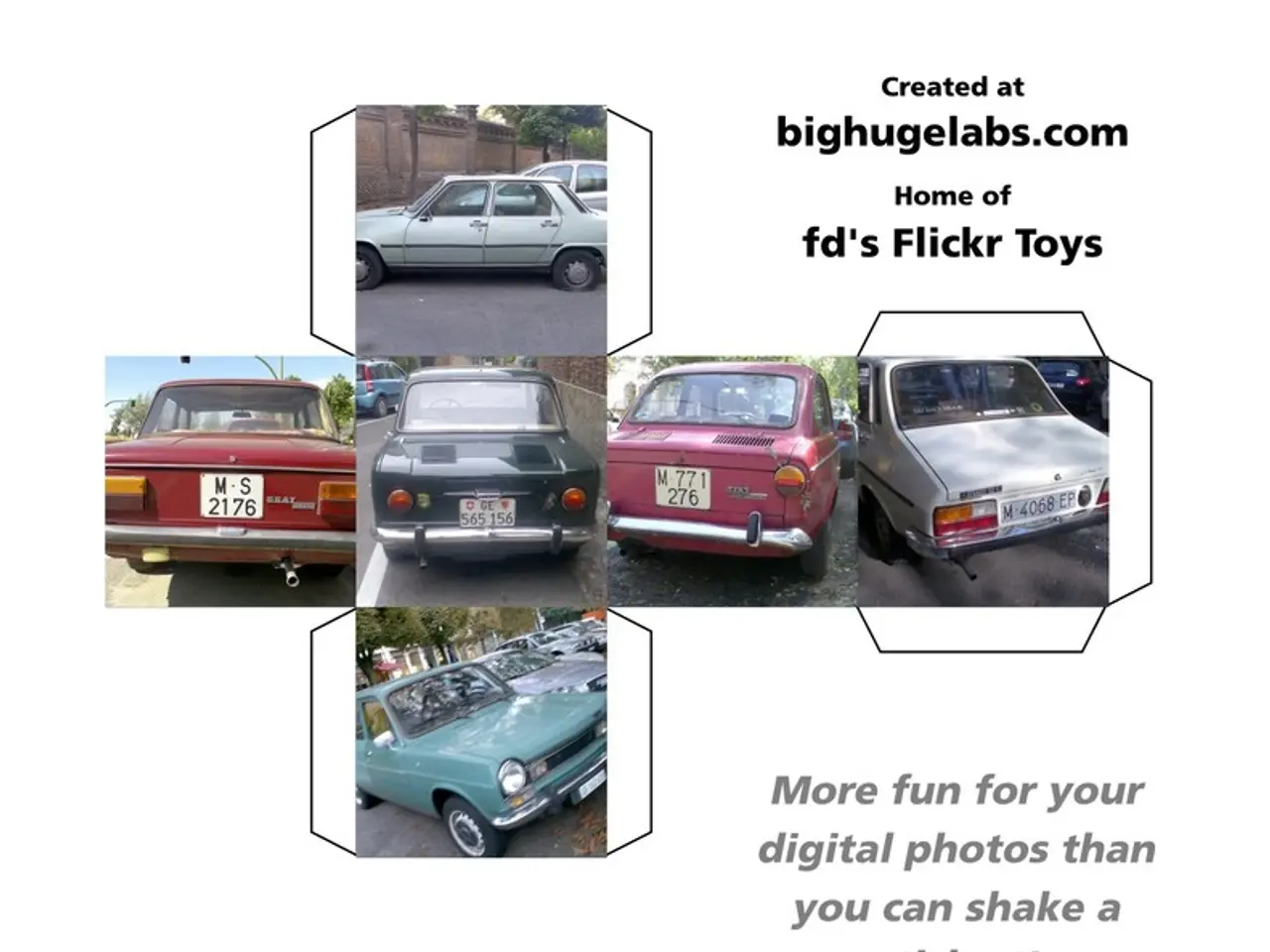Car Market Trends at ANZ: Potential Threats and Market Dynamics
In the ever-evolving automotive industry, two nations, Australia and New Zealand, are navigating significant changes, particularly with the adoption of the agency model. This shift, which sees manufacturers taking a more direct role in sales, could have far-reaching implications for car sales and dealership operations in both countries.
In Australia, the agency model promises to simplify the sales process and foster transparency, potentially boosting sales by building consumer trust. However, this new approach might reduce the negotiating power of customers, as prices are set by the manufacturer rather than individual dealerships. The shift also presents challenges for dealerships, who may see reduced profit margins as they transition from purchasing vehicles outright to acting as agents for manufacturers.
New Zealand, with its significant and growing used car market, may be less affected by changes in new car sales models. However, dealerships in New Zealand face similar challenges, requiring adaptation to remain competitive. They might focus on after-sales services or niches like classic car restoration to maintain their competitive edge, while also contending with strong online marketplaces for used car sales.
Comparatively, Australia's larger market and focus on new car sales make it more susceptible to changes in sales dynamics. Conversely, New Zealand's strong used car sector offers dealerships a buffer against these changes, allowing them to diversify their offerings.
Uncertainty around electric vehicles (EVs) and battery longevity, coupled with higher lease costs due to market volatility, are causing delays in large-scale electrification efforts in Australia. These challenges necessitate a careful balance between cost management, operational flexibility, and long-term sustainability goals.
Meanwhile, New Zealand is focusing on stabilising its economy and fostering sustainable mobility. The used car market is emerging as a growth driver in this context.
Direct manufacturer relationships in Australia may streamline communication and shorten delivery times, but they limit customisation options and create potential bottlenecks. Furthermore, the shift to the agency model means manufacturers set fixed, non-negotiable prices, limiting fleet managers' ability to negotiate bulk deals.
As both nations grapple with these changes, they must navigate a complex landscape of opportunities and challenges, seeking to balance consumer needs, dealership operations, and long-term strategic goals. The road ahead may be uncertain, but one thing is clear: the automotive industry in Australia and New Zealand is poised for transformation.
- In the automotive industry, the agency model is promising sustainable mobility by simplifying the sales process and fostering transparency in Australia.
- The shift to the agency model might, however, reduce the negotiating power of customers due to fixed manufacturer prices.
- Dealerships in Australia face challenges adapting to reduced profit margins as they transition from purchasing vehicles to acting as agents for manufacturers.
- New Zealand's significant used car market may be less affected by changes in new car sales models.
- Dealerships in New Zealand might focus on after-sales services or niches like classic car restoration to remain competitive.
- Online marketplaces for used car sales pose a challenge for dealerships in both countries.
- Australia's larger market and focus on new car sales make it more susceptible to changes in sales dynamics.
- New Zealand's strong used car sector offers dealerships a buffer against these changes, allowing them to diversify their offerings.
- Uncertainty around electric vehicles and battery longevity in Australia necessitate a careful balance between cost management, operational flexibility, and long-term sustainability goals.
- New Zealand is focusing on stabilizing its economy and promoting sustainable mobility.
- The used car market is emerging as a growth driver for New Zealand's economy.
- Direct manufacturer relationships in Australia could shorten delivery times but limit customization options.
- The shift to the agency model in Australia means that fleet managers can no longer negotiate bulk deals with fixed, non-negotiable prices.
- The transformation of the automotive industry creates opportunities and challenges, requiring both nations to balance consumer needs, dealership operations, and long-term strategic goals.
- Changes in the industry have complex implications for the finance, retail, and home-and-garden sectors, as dealerships may need to diversify their offerings.
- Interior-design, cooking, and dining businesses might capitalize on this transformation by offering unique, eco-friendly products or services that cater to the growing interest in sustainable living.
- The outdoor-living, home-improvement, and home-finance industries could also benefit from this shift by providing eco-friendly solutions for sustainable-living enthusiasts.
- Investing in electric vehicles, maximizing personal-finance strategies, and exploring global-cuisines like food-and-drink recipes tailored to sustainable living could become trends fueled by this transformation in the automotive industry.





